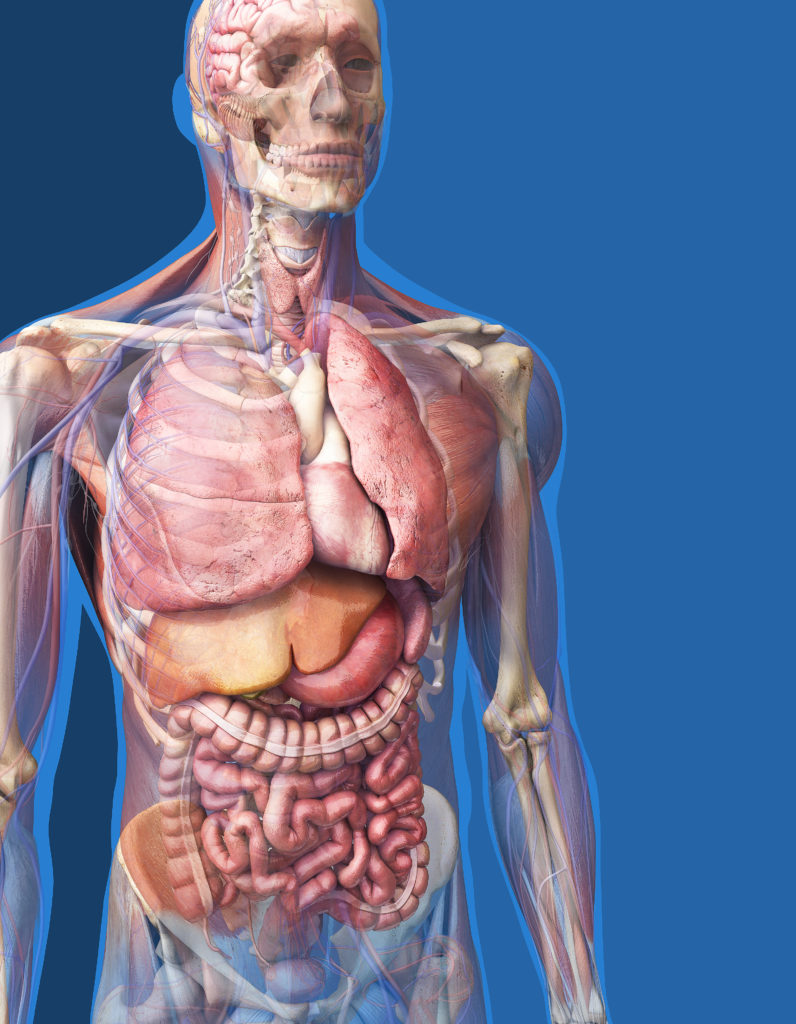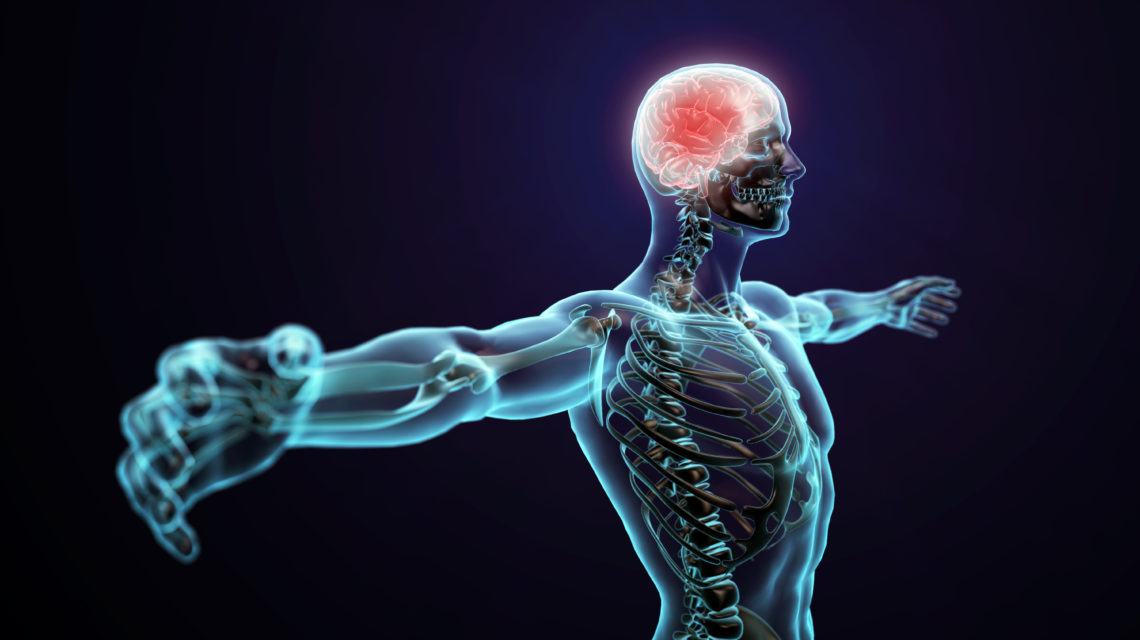Difference between Anatomy and Physiology is that Anatomy is the study of structure and on the other hand Physiology is the study of Functions.
Anatomy
Anatomy is the study of structure: Anatomy, which suggests “a cutting open” is the study of internal and external structures of the body and the physical relationships amongst body parts Here is an introduction of the anatomy of the heart, with the walls opened so that you can see the complexity of its internal structure.
- Gross anatomy, or macroscopic anatomy, includes the assessment of fairly big structures and includes generally noticeable with the unaided eye. This illustration of a dissected heart is an example of gross anatomy.
- Microscopic anatomy handles structures that can not be seen without zoom, and therefore the devices utilised develops the borders of exactly what can be seen. With a dissecting microscope, you can see tissue structure With a light microscope, you can see fundamental information of cell structure With an electron microscope, you can see specific molecules that are just a few nanometers (nm; billionths of a meter) throughout.
All particular functions are carried out by particular structures The link in between structure and function is constantly present, however not constantly comprehended. For example, although the anatomy of the heart was plainly explained in the 15th century, practically 200 years passed prior to the heart’s pumping action was shown.
Physiology
Physiology is the study of function: Physiology is the study of function and how living organisms perform their crucial functions These functions are complex and far more tough to examine than the majority of anatomical structures A physiologist taking a look at the heart concentrates on its practical residential or commercial properties, such as the timing and series of the heart beat, and its effects on blood pressure in the significant arteries.
- The heart beat is collaborated by electrical occasions within the heart muscle Those electrical occasions can be discovered by keeping an eye on electrodes put on the body surface A record of these electrical occasions is called an electrocardiogram, or ECG.
- As the heart beats, pressure within the significant arteries and the chambers of the heart. Blood pressure in the significant arteries need to be preserved within typical limitations to avoid vessel damage (from high pressures) or vessel collapse (from low pressures).
Resources
- http://www.sciencedirect.com/science/article/pii/S036030161000249X
- https://books.google.com/books?hl=en&lr=&id=fvXu_Y9200UC
- http://www.jstor.org/stable/27795143



 (55 votes, average: 4.61 out of 5)
(55 votes, average: 4.61 out of 5)